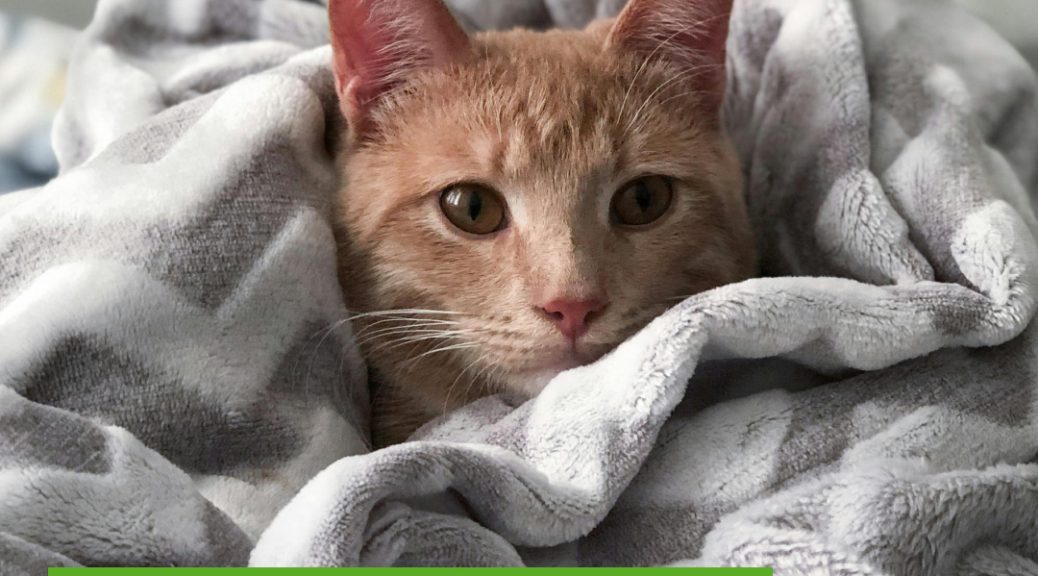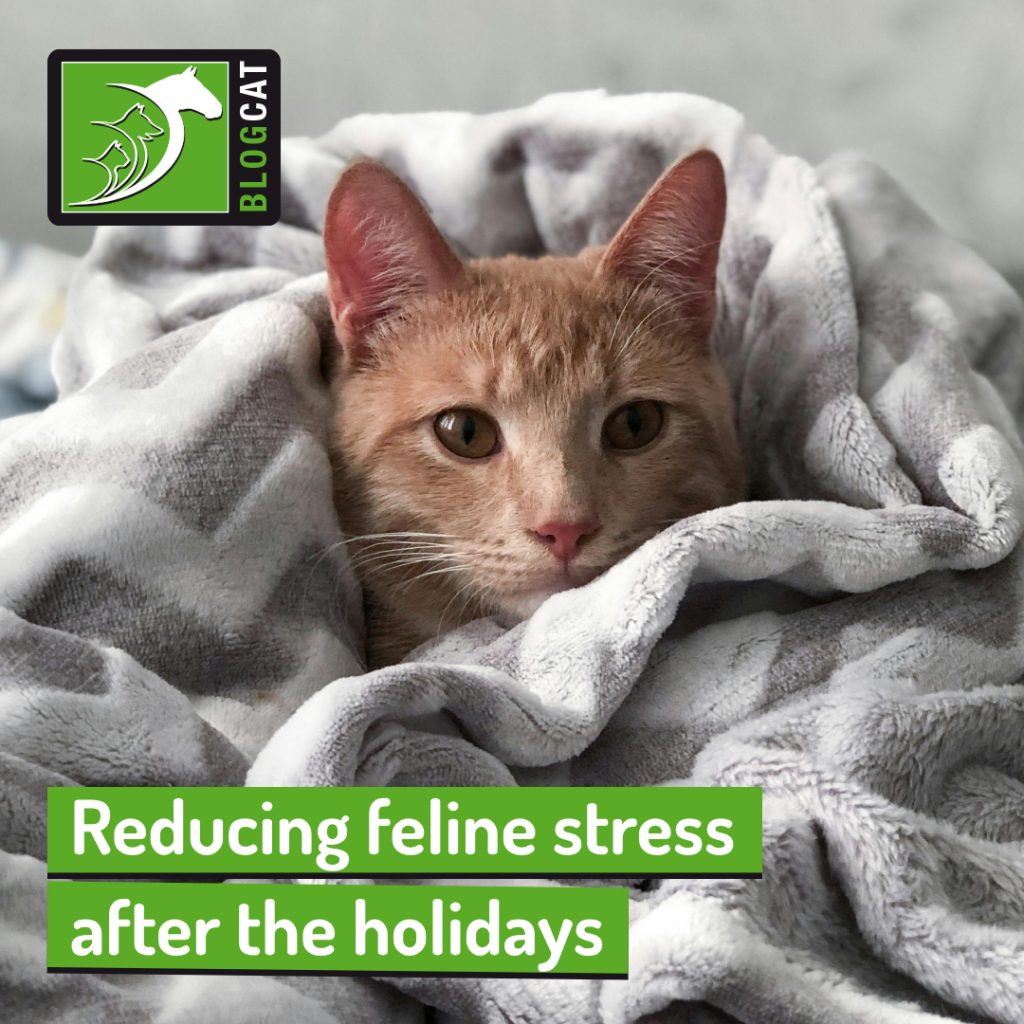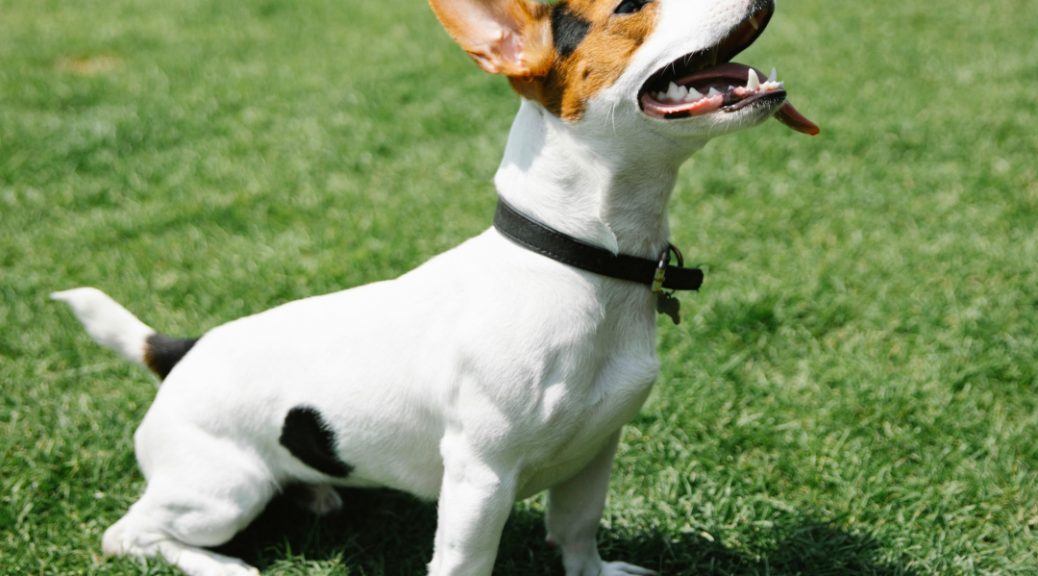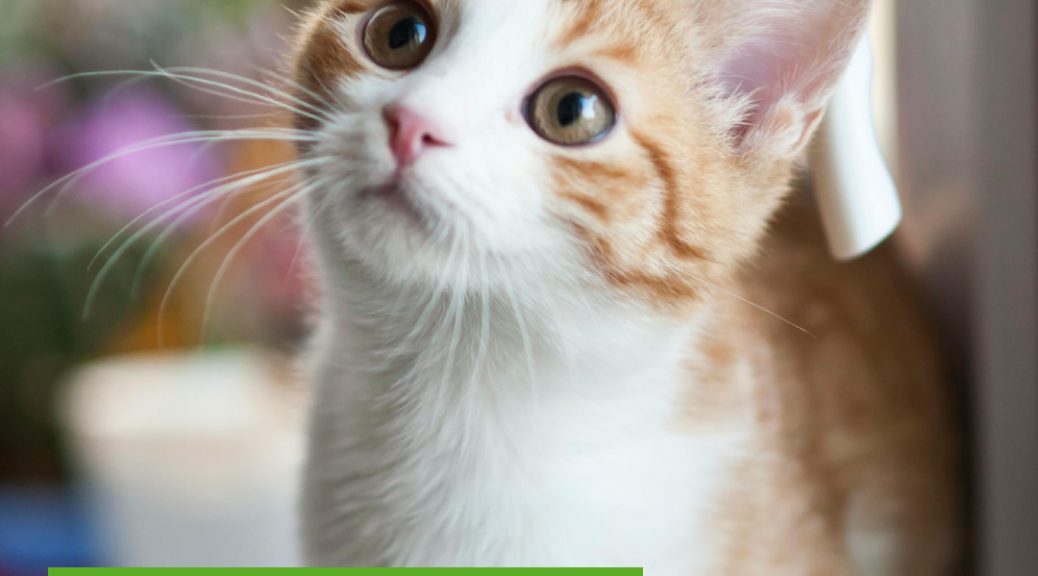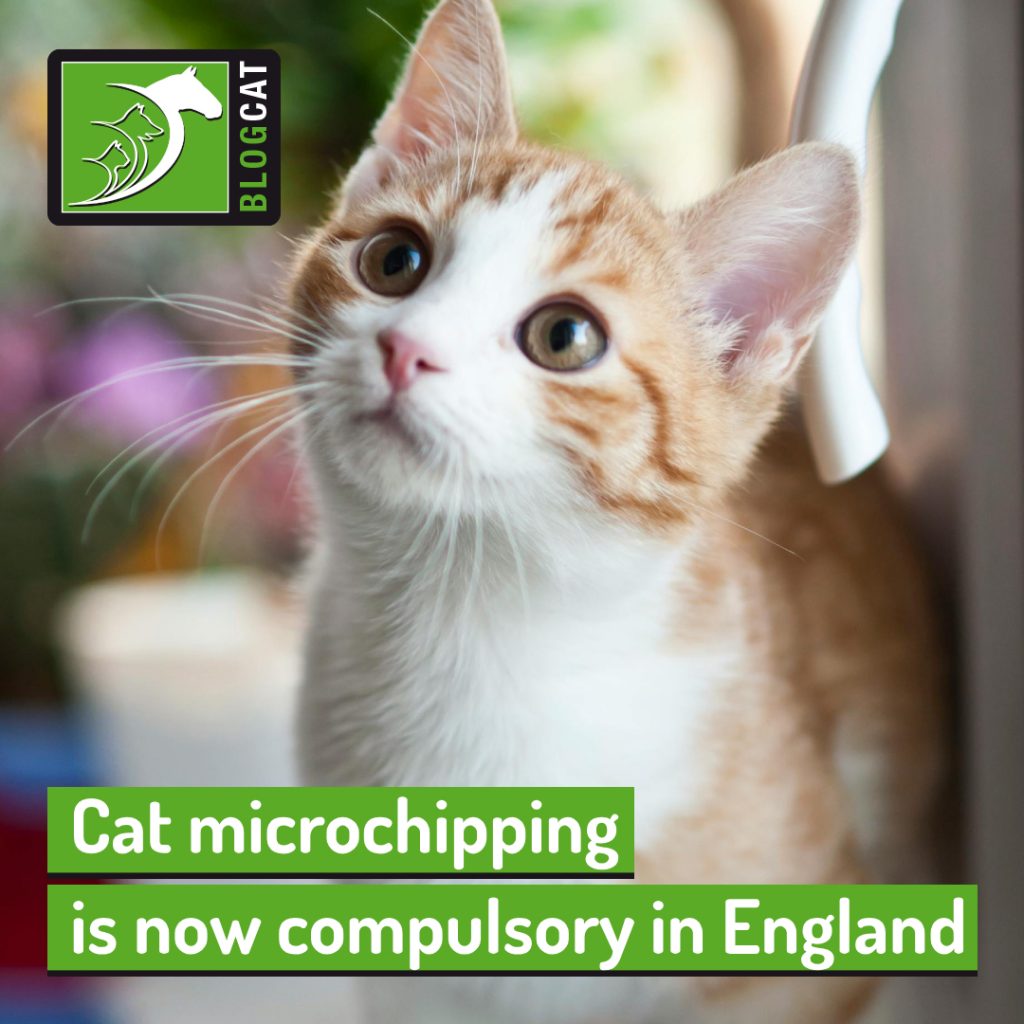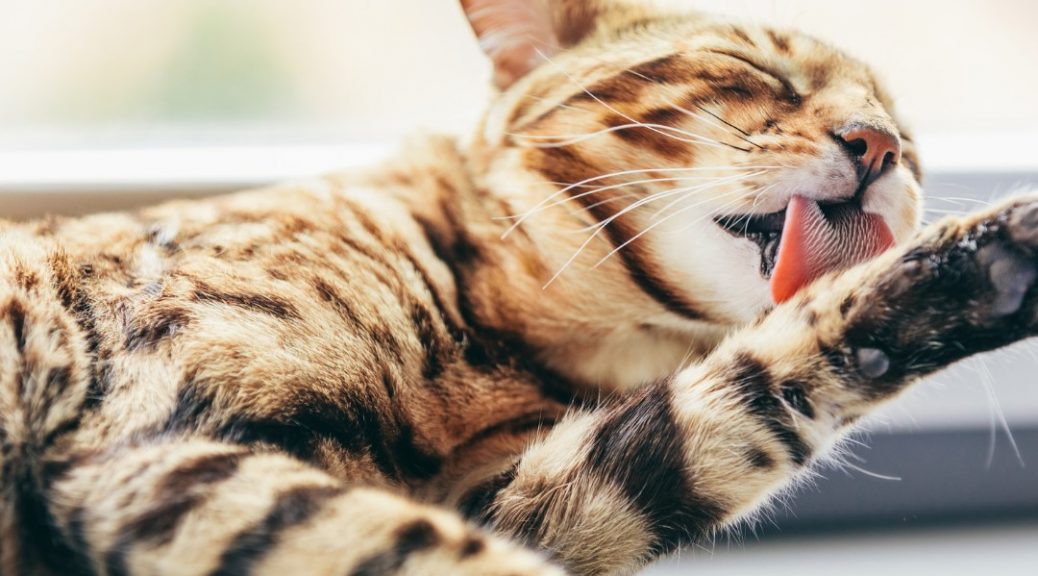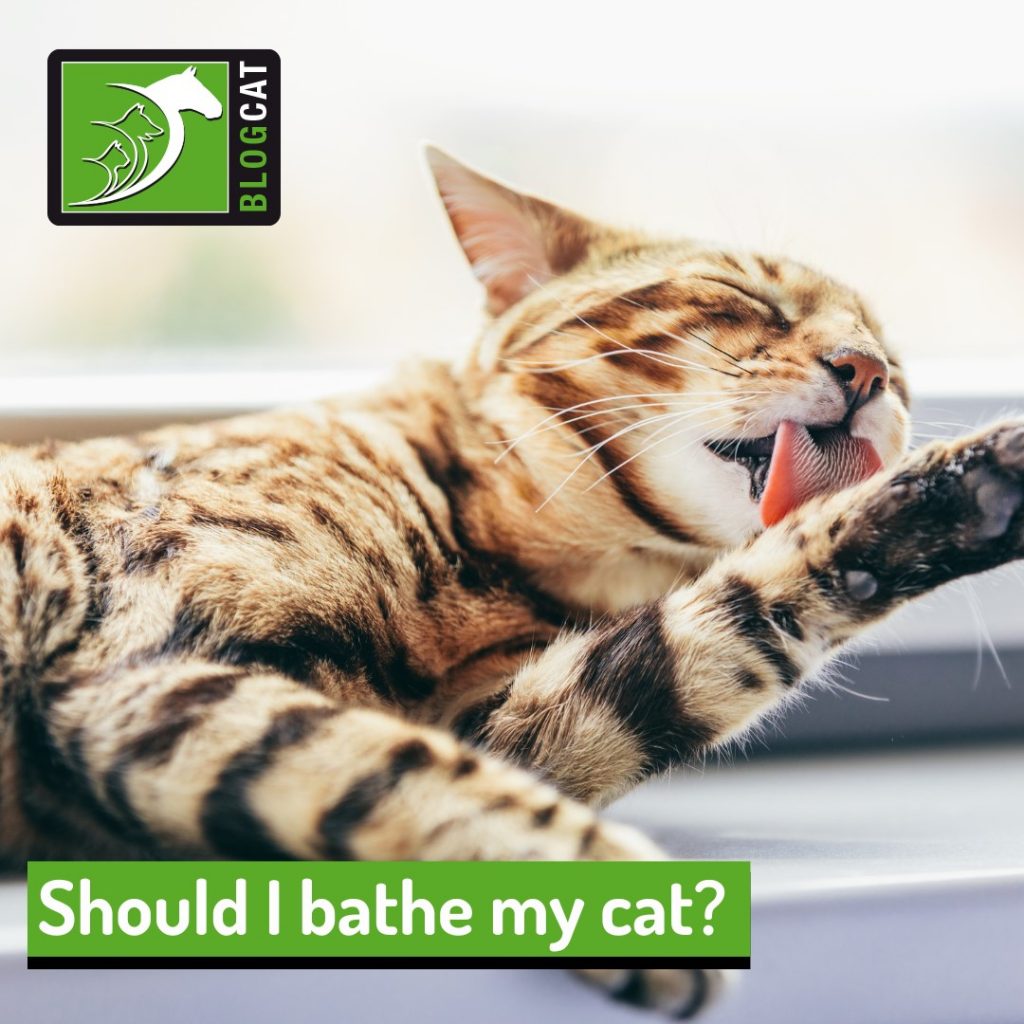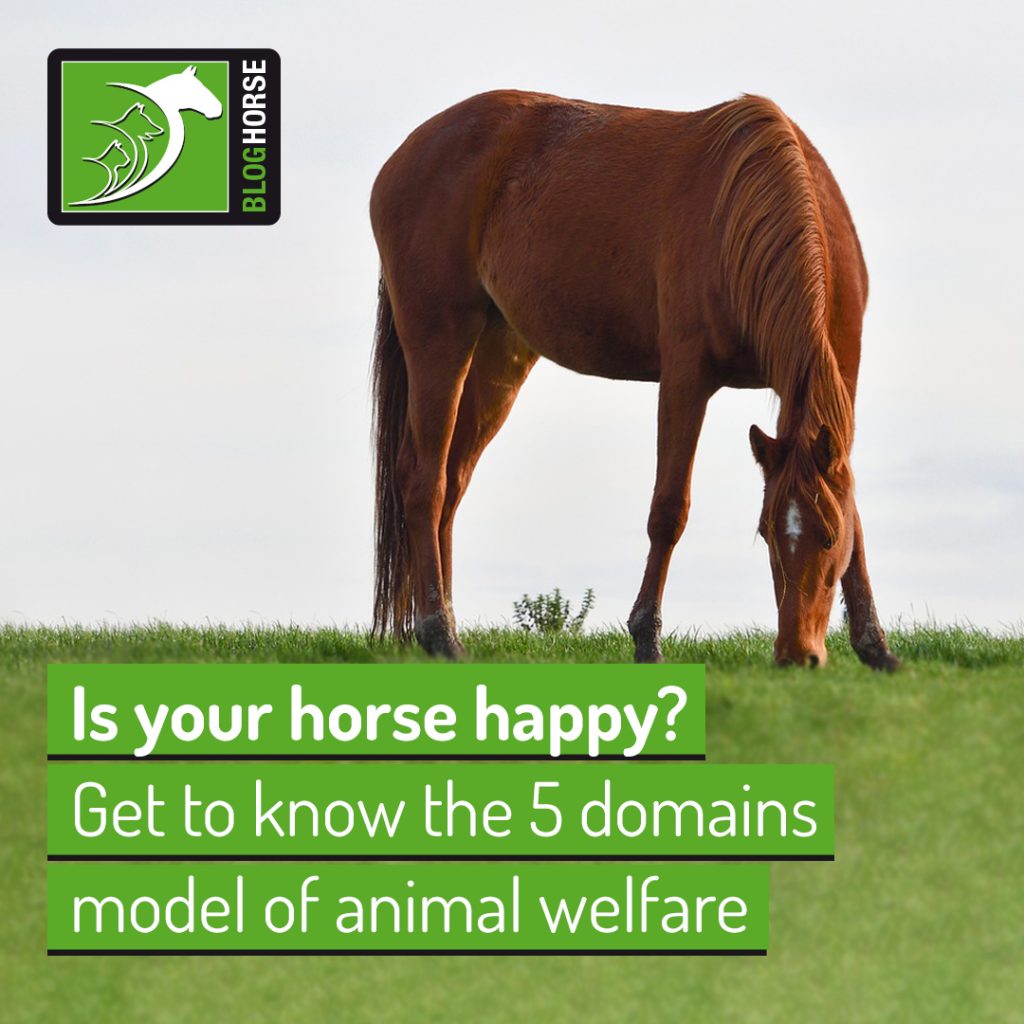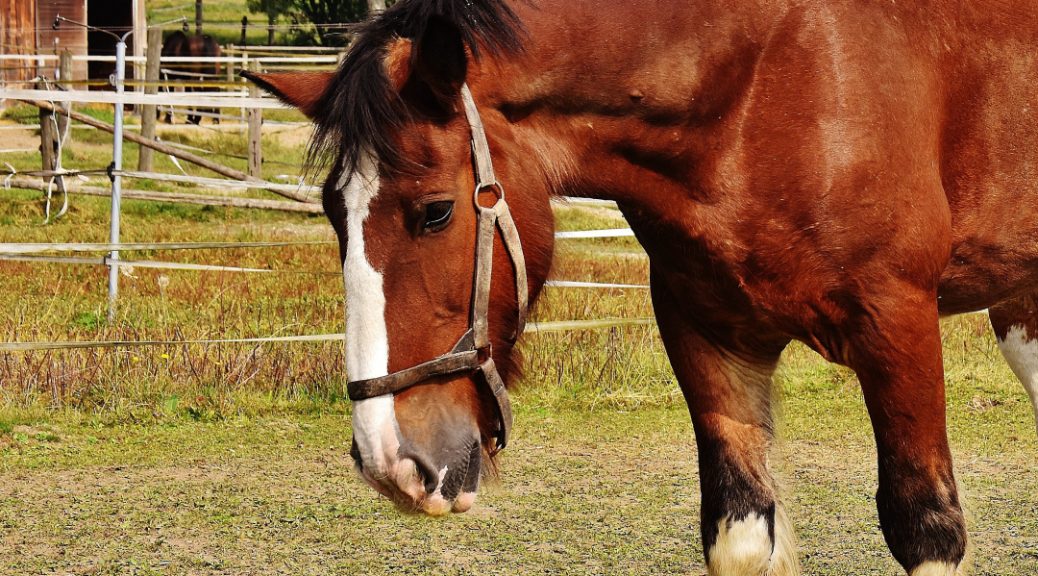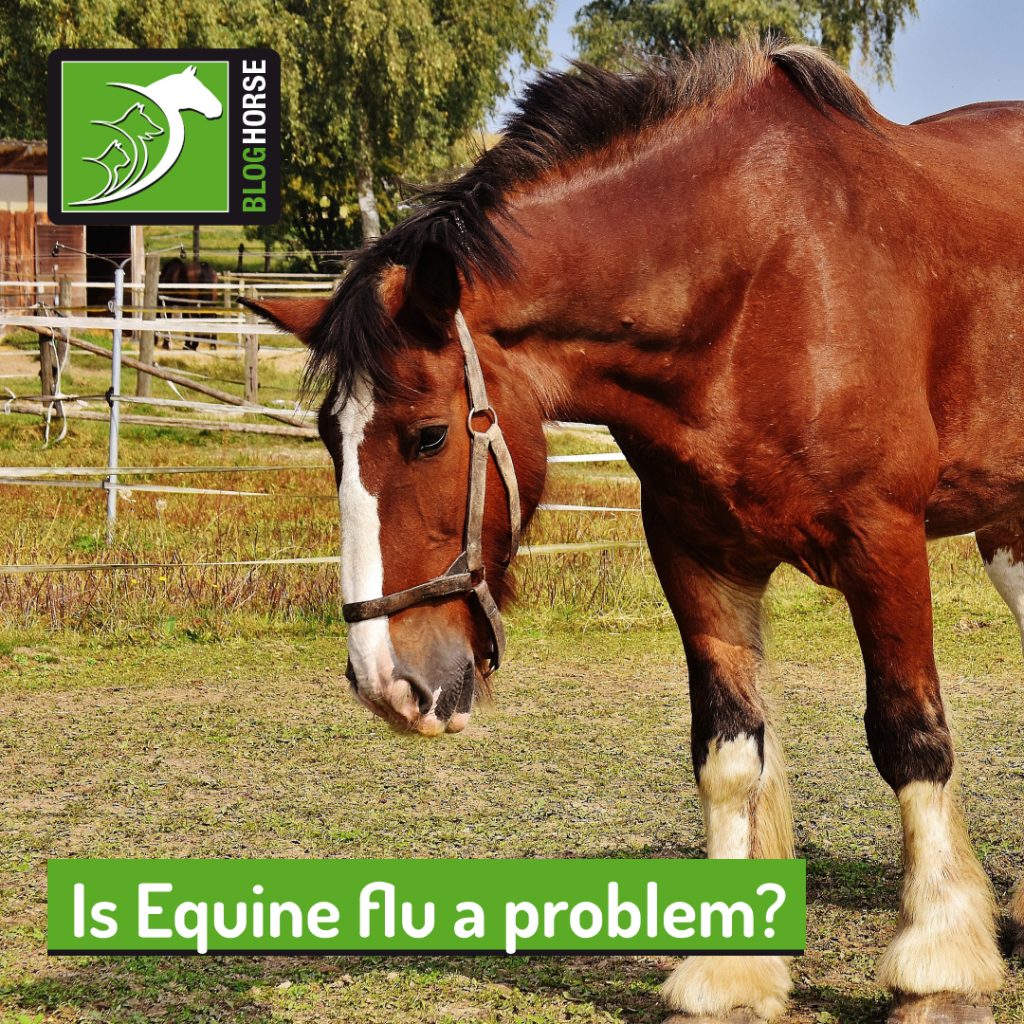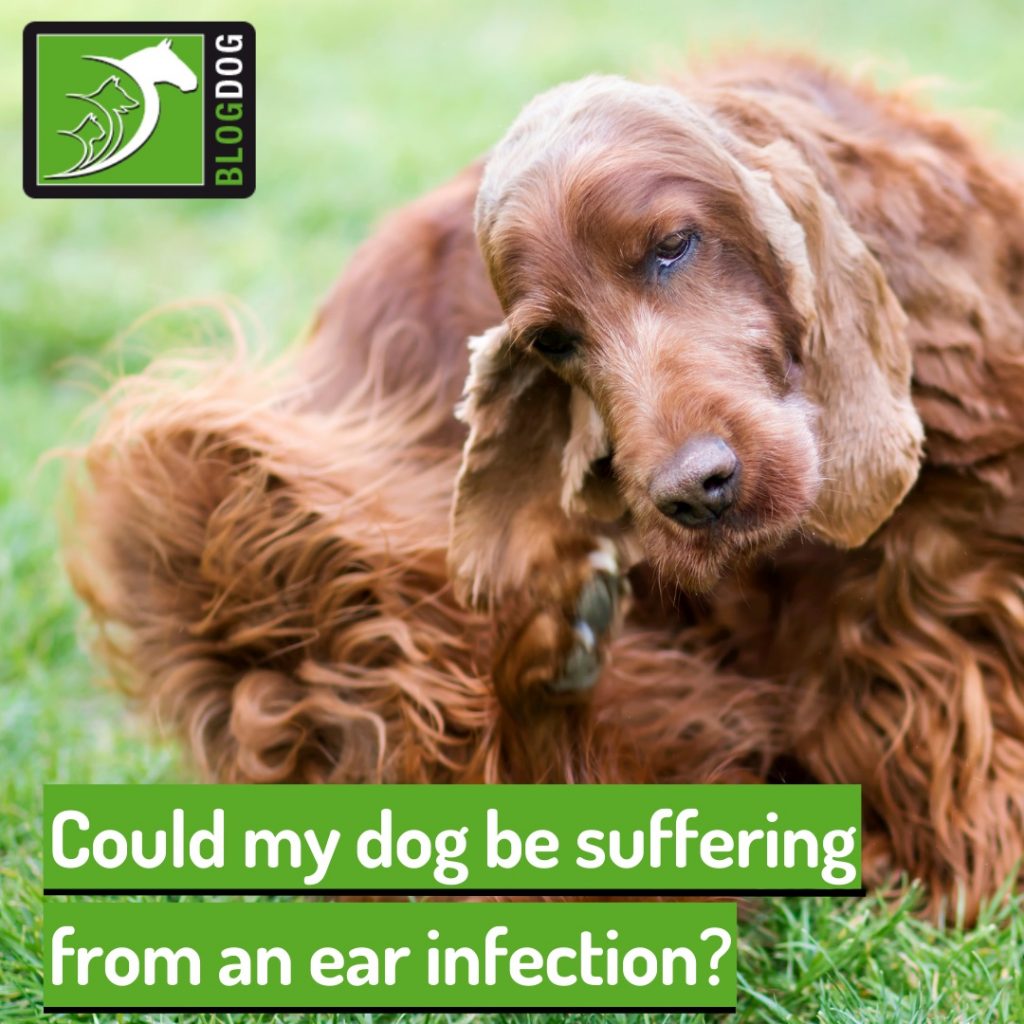Have you ever considered what the hustle and bustle of the holidays feels like for your pets? This is especially important during Christmas, when things at home are usually the most chaotic.
While Christmas might still seem a little time away, knowing how to prepare adequately can help spare your pets a lot of stress. The most important thing is to ensure the least stress possible for them, including managing safe resting spaces away from guests, preparing any stays in the boarding kennel or cattery ahead of time, or being careful to maintain their routines while everyone is on holiday.
Continue reading to know how to make the upcoming winter season even better for your furry friends!
Altering routines can be a source of stress for pets
As we’ve mentioned before, routines are essential for the well-being of companion animals, including feeding times, exercise, walks, and knowing who to expect at home.
For the most part, your pet will appreciate knowing what his or her days will be like and when we change that abruptly, it can cause a fair amount of stress. Putting up lots of decorations, having the kids in the house all day, or hosting many family members or friends during this season can all cause significant disruption.
To help manage that, consider:
- Keeping food and exercise times as stable and predictable as possible;
- Limiting the frequency and number of guests your pets are forced to be around;
- Creating a quiet and comfortable room that is just for him or her to rest away from stressful parties or people.
Some animals are more sensitive than others and will demonstrate their stress in different ways. As such, if you notice your four-legged best friend is struggling during this time, don’t hesitate to contact your vet!
Finding a reputable boarding kennel, cattery or sitter can take time and research
While travelling with pets is becoming much more popular, with a wealth of pet-friendly destinations that let you have a great time without worries, many owners still prefer to arrange for their furry friends to stay at home or in a local boarding kennel or cattery.
However, finding the perfect solution can take time to research and many reputable places or sitters are usually booked up well in advance! As soon as you know you’ll be away for a while, start arranging for pet care, as this will enable you to choose somewhere that your pets will find as comfortable as possible.
If you’re unsure where to start, your vet will often have some good recommendations for you!
Pets with special needs are likely to need a bit more attention
There are many ways that pets may need a little more attention during the festive season!
Pets who are older, who are suffering from chronic pain, or who are not used to being around a lot of people are likely to feel stressed or uncomfortable more easily.
If you’re able, consider what you can do to better meet their needs during this busy time of the year and try to provide as many solutions as possible to ensure a great Christmas season!
In summary, you can prepare for a great winter season with your furry friends by:
- Making an effort to keep feeding and exercise routines as stable as possible, plus creating comfortable resting spaces for them away from disruptions
- Preparing ahead of time for when you will be absent, as good boarding kennels, catteries or sitters can get booked up quickly
- Ensuring that your pet has all of their needs met, especially if they are older or have chronic conditions that need special attention
- Speaking to your vet if you have any questions or concerns about preparing for the holidays
Would you like to know more about dogs? Check our Canine Courses:
![]()
Canine courses


